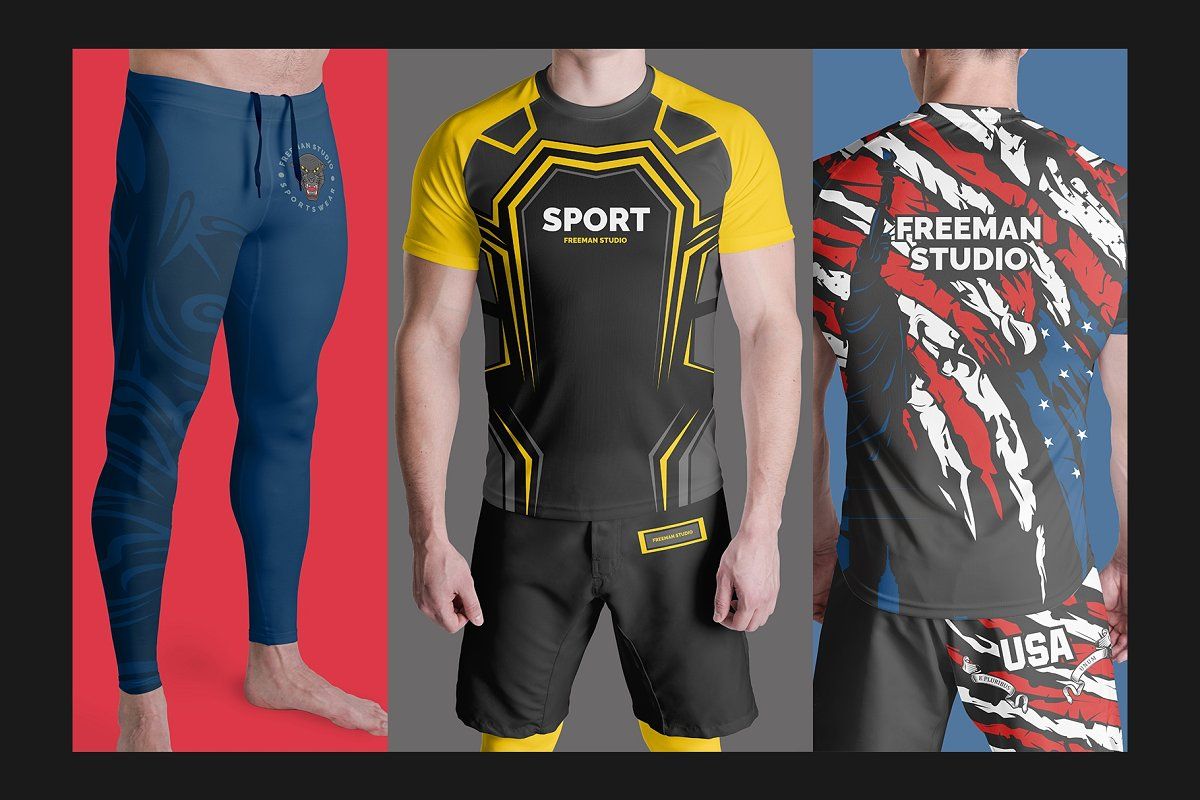
Starting and Running a Successful Clothing Business: A Comprehensive Guide
Published on February 05, 2025 | By Sai Sports | Category: Sports
The clothing industry has long been a cornerstone of the global economy, offering entrepreneurs numerous opportunities to create innovative brands and products. Whether you're starting a clothing business from scratch or looking to scale your existing venture, understanding key principles and strategies is crucial for success. In this guide, we’ll take you through the steps and essential elements to launch and grow a thriving clothing business.
1. Finding Your Niche: What Sets Your Clothing Brand Apart?
The clothing industry is vast and diverse, which means finding a niche is crucial to standing out in a crowded market. Your niche determines your target audience and can guide your product offerings, marketing, and overall brand direction. Consider the following when defining your niche:
Demographics: Who is your target customer? Are they young adults, working professionals, athletes, or eco-conscious shoppers?
Style or Type: Are you focused on casual wear, activewear, luxury fashion, sustainable clothing, or something else?
Price Point: Will your brand offer affordable fashion, mid-range pricing, or high-end, luxury apparel?
Sustainability and Ethics: Consumers are increasingly prioritizing brands that emphasize eco-friendly practices and ethical production processes.
By identifying a specific niche, you can craft a brand identity that resonates with your audience and differentiates your clothing line from competitors.
2. Creating a Business Plan for Your Clothing Business
Once you’ve established your niche, the next critical step is developing a detailed business plan. A clothing business plan will provide a roadmap to guide your journey. Key components of the plan include:
Executive Summary: Overview of your clothing brand, its mission, and vision.
Market Research: Analysis of your target audience, competitors, trends in fashion, and industry outlook. You’ll want to identify consumer needs, gaps in the market, and how your brand can fill them.
Product Line: Description of the types of clothing you'll offer. This includes details on designs, fabrics, sizes, and any unique features.
Business Structure: Will you operate as a sole proprietorship, partnership, LLC, or corporation? Each structure has its own legal and financial implications.
Marketing Strategy: How you plan to market your brand, including social media campaigns, influencer partnerships, and digital marketing strategies.
Financial Projections: Projected sales, expenses, and profits. It’s essential to create a financial model for pricing, overhead costs, and expected growth.
A clear business plan helps you stay focused and on track, especially during the early stages when there are many decisions to make.
3. Designing and Sourcing Your Clothing Line
One of the most exciting aspects of running a clothing business is designing the actual products. Whether you’re starting small with limited designs or launching a full collection, here’s how to proceed:
Sketching and Prototyping: If you're the designer, start with sketches of your clothing line. For each design, create prototypes or samples. If you're not a designer, consider hiring one to bring your ideas to life.
Fabric and Materials: The fabric you choose will greatly impact the quality and appeal of your products. Research suppliers and select fabrics that align with your brand's vision—whether it’s luxurious cotton, eco-friendly fabrics, or performance materials.
Manufacturing: Decide whether you’ll produce clothing in-house or partner with a manufacturer. Domestic vs. international production, labor practices, and minimum order quantities are important factors to consider.
Local Manufacturers: Offer better communication, quicker turnarounds, and potentially more ethical practices.
Overseas Manufacturers: Often offer lower production costs but require additional effort in managing logistics and quality control.
4. Building a Strong Brand and Online Presence
In the fashion industry, branding is everything. Your brand identity needs to resonate with your target market and convey what your clothing line stands for. Key components of branding include:
Brand Name and Logo: Choose a name and logo that reflect your niche and style. Your brand name should be catchy, memorable, and aligned with your brand’s ethos.
Brand Story: Share why your brand exists. Whether it's a passion for fashion, sustainability, or providing affordable luxury, a compelling brand story can help connect with consumers on a deeper level.
Website and E-commerce Platform: Building an e-commerce website is essential for reaching a broader audience. Use platforms like Shopify, BigCommerce, or WooCommerce to set up an online store. Your website should be user-friendly, mobile-optimized, and visually appealing.
Social Media Marketing: Social media platforms like Instagram, TikTok, and Pinterest are vital tools for marketing a clothing brand. Share engaging content, behind-the-scenes glimpses, and customer testimonials to build a loyal following.
Influencer Marketing: Partnering with fashion influencers who share your brand's values and aesthetic can help increase your visibility.
5. Sales Channels: Where to Sell Your Clothing
While an online store is essential, exploring other sales channels can help expand your reach. Consider the following options:
E-commerce Website: As mentioned, this is the most direct way to sell your clothing line.
Retail: Depending on your budget, you can sell your clothing line in physical stores or boutiques. This could involve renting space in a store or collaborating with local retailers.
Pop-up Shops: Temporary pop-up shops allow you to interact directly with customers, showcase your products, and create a buzz around your brand.
Wholesale: You can sell your clothing line to other retailers or online marketplaces in bulk. However, wholesale pricing typically requires offering a significant discount.
6. Marketing Your Clothing Business
To stand out in the competitive clothing market, a solid marketing strategy is essential. Consider these tactics to boost visibility:
Content Marketing: Start a blog or YouTube channel to share fashion tips, behind-the-scenes stories, and insights into the industry.
Email Marketing: Build an email list and send out newsletters featuring new product launches, promotions, and exclusive content.
SEO and SEM: Search engine optimization (SEO) helps your website rank higher on search engines. Invest in SEM (Search Engine Marketing) ads to drive paid traffic to your online store.
Brand Collaborations: Collaborate with other brands or influencers in your niche for cross-promotion and increased exposure.
7. Managing Finances: Costs, Pricing, and Profit Margins
Financial management is the backbone of any successful business. When it comes to a clothing business, it’s important to keep track of:
Startup Costs: These include costs for product development, website creation, branding, and initial inventory.
Fixed and Variable Costs: Know your fixed costs (rent, software subscriptions, etc.) and variable costs (raw materials, production, shipping).
Pricing Strategy: Price your products based on cost, target market, and perceived value. Make sure to include a profit margin that ensures the sustainability of your business.
Cash Flow Management: Monitor your cash flow to ensure you have enough working capital to cover expenses and scale operations.
8. Scaling Your Clothing Business
Once your clothing business is up and running, it’s time to think about growth. Scaling involves expanding your product line, entering new markets, and increasing your customer base. Some strategies to consider:
Expanding Your Product Line: Introduce new clothing categories (e.g., accessories, shoes) or seasonal collections to keep customers engaged.
International Expansion: Look into expanding to international markets, particularly if your brand resonates with a global audience.
Hiring a Team: As demand increases, consider hiring staff or outsourcing functions like customer service, marketing, and fulfillment.
Conclusion: Building a Clothing Business Takes Patience, Creativity, and Hard Work
The clothing business is filled with opportunities but also challenges. With the right planning, a strong brand, and a solid marketing strategy, you can carve out your niche and build a profitable business. Whether you're designing unique garments or curating a collection of carefully sourced apparel, your clothing brand has the potential to leave a lasting impact on the industry and the hearts of your customers. Keep learning, adapt to trends, and most importantly, stay true to your vision.





